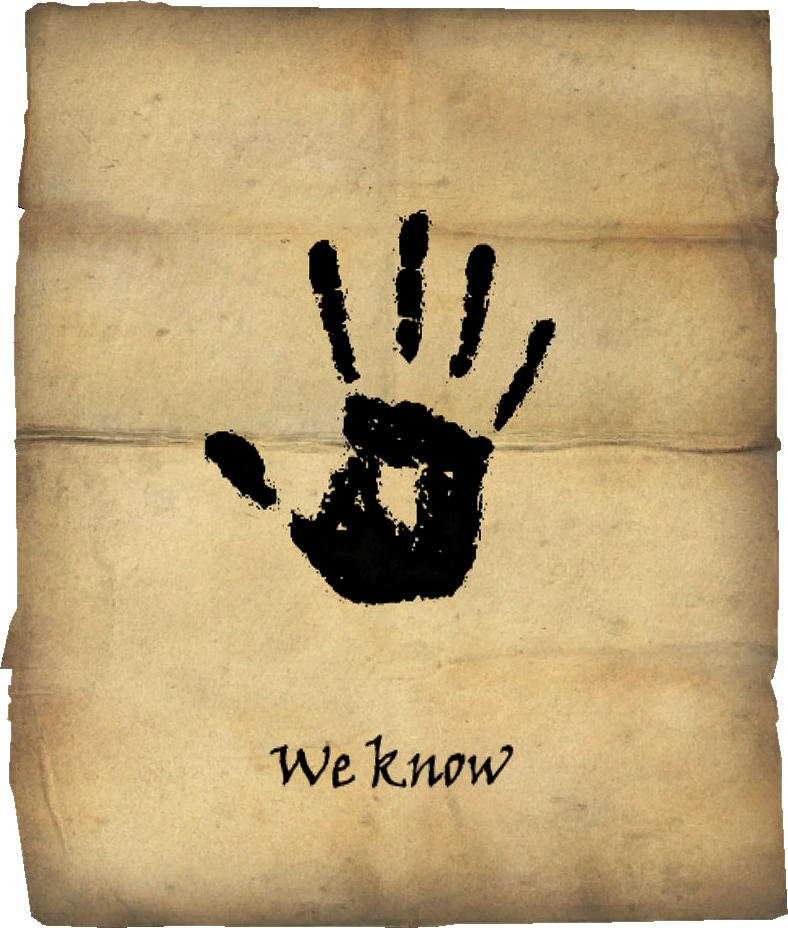- cross-posted to:
- [email protected]
- politics
- cross-posted to:
- [email protected]
- politics
The Federal Aviation Administration said it would investigate allegations that titanium had entered the supply chain via falsified documents.
Boeing and Airbus, the two biggest commercial airline makers, may have used titanium sold using fake documents, according to evidence from a supplier that has triggered a Federal Aviation Administration investigation.
The FAA said in a statement to NBC News on Friday morning it would look into allegations from Spirit Aerosystems that the two aviation giants used titanium in their planes that came with paperwork verifying its authenticity that could have been falsified.
The news adds to a troubled period for Boeing, which is the subject of ongoing federal investigations for alleged safety problems. But the news also brings its fierce rival, France-headquartered Airbus, into the wider scrutiny the aviation industry is facing.
At this point, if you told me that the Made in America logo on all the planes can be scratched off and it says Made in Myanmar underneath, I would absolutely not be surprised.
This one got at least Airbus and Spirit as well and it’s quite possible that it’s related to the CFM / AOG Technics debacle out of the UK last year.
CFM56 engines power the previous generation of Boeing 737s and about half the previous generation of Airbus A320s. These are gradually being upgraded but thousands remain in service.
The CFM56 is also used on Boeing P-8 maritime patrol planes sold to the United States and Britain, while the GE-built CF6 powers Boeing KC-767A tankers sold to Italy and Japan.
If you’re right that’s a big pile of doo-doo that’s gonna hit Boeing hard.
If you’re right that’s a big pile of doo-doo that’s gonna hit Boeing hard.
Damn, Boeing is really going to have to start offing a lot more whistleblowers.
Would this hot Boeing though or would that be tangential to GE whom actually builds the engines?
This seems to only affect the A220, if Airbus is to be believed.
I don’t think that it’s Myanmar here. Maybe China.
https://en.wikipedia.org/wiki/Titanium_production_by_country
For titanium processing, this has global production in 2021 of 210,000 metric tons.
- China: 120,000
- Japan: 35,000
- Russia: 27,000
- Kazakhstan: 16,000
- Ukraine: 5,400
- Saudi Arabia: 3,700
- India: 250
For ore reserves:
https://www.statista.com/statistics/1233845/reserves-titanium-minerals-worldwide-by-country/
- China
- Australia
- India
- Canada
- Brazil
- Norway
- South Africa
- Mozambique
- Madagascar
- Ukraine
- United States
EDIT: Yeah, apparently it was China:
Boeing and Airbus planes constructed with ‘fake’ Chinese titanium
Made in America sourced from global parts.
Also the biggest failures were the made in America bits.
deleted by creator
To add, we need to stop bailing them out too. These companies should have gone out of business twice already; in 2008 and 2020.
Yes indeed that would have sucked for everyone. When you don’t allow controlled forest fires, the dry brush builds up anyways… and here we are. They’ll keep getting worse and worse until we let them go under.
This certainly sounds iffy.
I’ll say this: if this sort of thing poses an actual potential risk to passengers and crew, the people involved need to be given the harshest possible sentences. Take them out back and feed them into a woodchipper slowly if they wilfully endanger lives.
The main thing here is that falsified paperwork means the source of the titanium is suspect. The raw titanium could have been sourced from a sanctioned nation. Or the subcontractor changed their titanium source and did not update their documentation.
Titanium was certainly supplied and used. The audit is questioning other aspects of where it came from.
Titanium is such a unique metal to machine that anyone could tell if it wasn’t actually titanium. The only way you could get away with passing off another metal as titanium is if you had a massive fraud conspiracy spanning from the contractors/subcontractors all the way up to the aerospace manufacturers. Not to say it would be impossible but there would need to be a lot of corrupt people involved.
That’s all well and good, I just want to know when I can start torturing my enemies to death
I’d prefer a 2 page spread of pictures in CEO magazine but I guess out back works.
How the heck does one not notice that a sheet of titanium is fake? That stuff is special, and if your sheets are suddenly totally different, one should notice that by a number of parameters.
It’s not that the titanium metal is fake, it’s probably real. By “fake” what they mean is that the part made with the titanium isn’t what the documentation for it claims. It may have been made by a different company than what the documentation says or it may not have been tested in the way that the documentation says.
Every last piece, down to the tiniest screw, in a commercial airplane has a paper trail and for these parts someone is saying that the paper trail has been falsified. That’s the “fake” part.
The question is how they found out. Lucky audit or failing parts?
Probably someone in QA was doing a spot check and was unable to verify the documentation from an upstream manufacturer for the materials. For example, the mine the titanium was sourced from may have had a specific ore lot listed an absurd number of times or the foundry was listed as performing material analysis done in house for procedures they normally would be required to have done by an independent lab.
Yep I used to do AS9100 audits and that would have caught it.
Still titanium, but likely sourced differently and not batch tested to verify exact mechanical properties. Only time you’d tell the difference is when it fails prematurely.
Presumably there must be something physically different about the weaker titanium, like a different structure of all the crystals in it or something? Is there any way to measure that?
Sometimes only by destructive testing. But either way, the high cost of the parts is the paper trail verifying the testing to a certain standard.
https://en.wikipedia.org/wiki/X-ray_fluorescence
That’s a popular way to analyze composition.
I’m aware that it can analyze chemical composition (I work in a factory that relates to such devices), but I’m unaware of them being able to detect things like weaknesses in a grain structure, the devices I’m familiar with at least would just tell you if a piece of titanium has other elements contaminating it. Unless there’s more that can be done with them than I’ve had explained to me, which is possible
I don’t know about crystalline structure, but impurities are probably the most common way that a sample might fail testing. I’m sure that improper annealing or something would also cause problems, but I’m not a metallurgist so I can’t say for sure.
It’s not like they swapped titanium for balsa wood. The origin docs were falsified or missing, which could mean anything from they weren’t the right purity but were shipped anyway to they were imported from Russia and illegally bypassing sanctions.
This is a supply chain integrity thing. They’re not alleging that the titanium wasn’t actually titanium (which as you said, would be noticed immediately).
How the heck does one not notice that a sheet of titanium is fake?
Contains a certain level of impurities that doesn’t meet with guarantees?
Ok, that might be a thing.
Right, but they were likely so cheap that it didn’t matter.
if you want to buy some of this stuff hit me up I’ve got a guy












